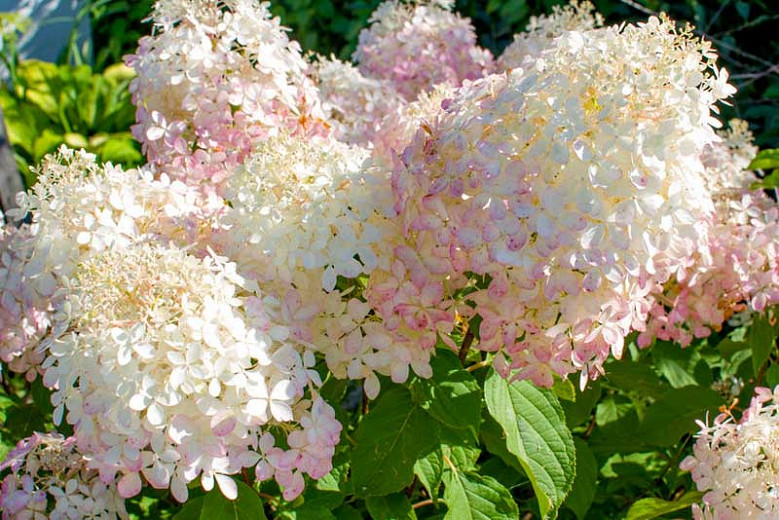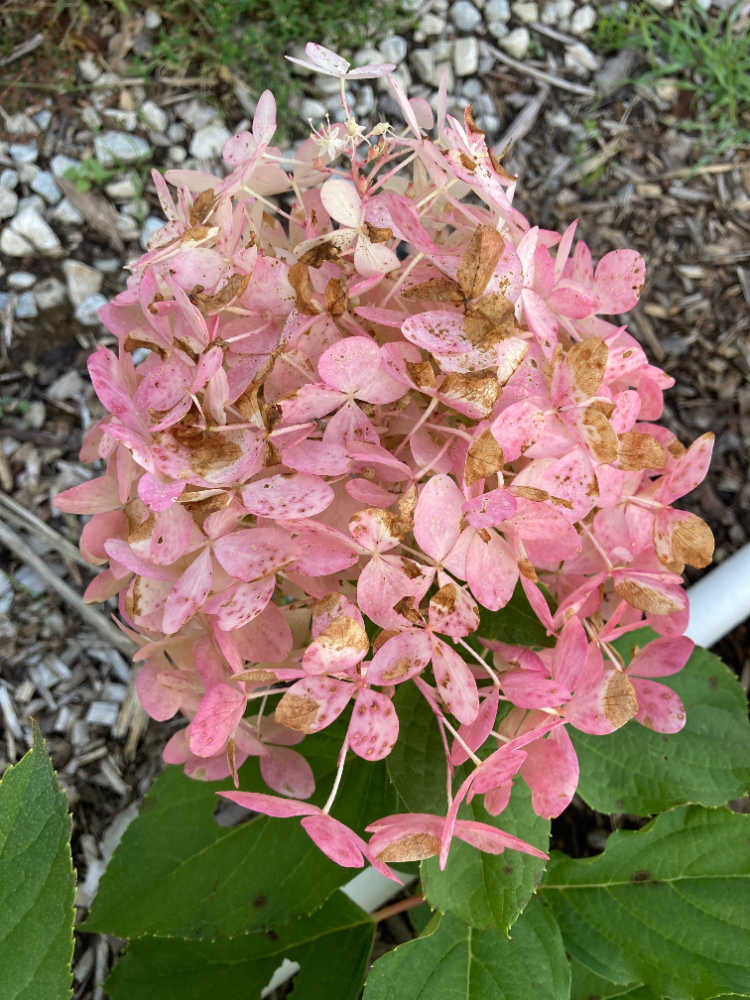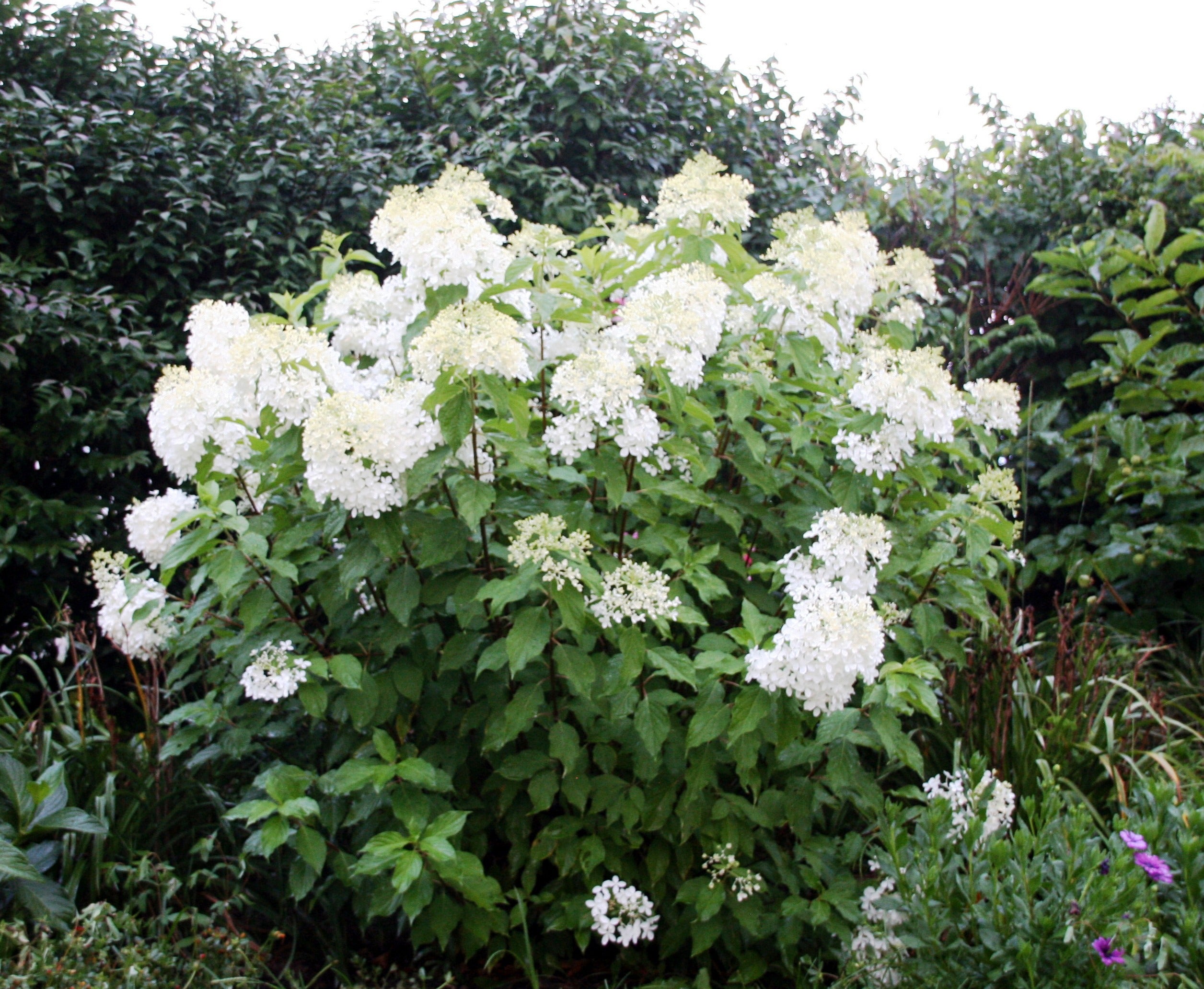The Phantom Of The Garden: How To Grow And Care For Hydrangea Paniculata Phantom
The Phantom of the Garden: How to Grow and Care for Hydrangea Paniculata Phantom
Hydrangea paniculata 'Phantom' is a beautiful and versatile shrub that is perfect for adding drama and interest to any garden. It is known for its large, white flower panicles that can reach up to 12 inches in length. The flowers start out pale green in the summer and gradually fade to white as they mature. 'Phantom' is a relatively easy plant to grow, but there are a few things you should keep in mind to ensure that it thrives.
Choosing a Location
'Phantom' prefers full sun to partial shade. If you live in a hot climate, you may want to plant it in a location that gets some afternoon shade. The soil should be moist but well-drained. 'Phantom' is not as fussy about soil pH as some other hydrangeas, but it will do best in slightly acidic soil.
Planting
Plant 'Phantom' in the spring or fall. Dig a hole that is twice as wide and as deep as the root ball. Backfill the hole with soil, tamping it down gently. Water the plant well.
Pruning
'Phantom' should be pruned in the late winter or early spring. Cut back the stems to about 6 inches above the ground. This will encourage new growth and produce more flowers. You can also remove any dead or diseased branches.
Fertilizing
Feed 'Phantom' with a balanced fertilizer in the spring and fall. A good option is a slow-release fertilizer that will release nutrients over time.
Watering
Water 'Phantom' regularly, especially during the first year after planting. The soil should be kept moist but not soggy.
Winter Protection
In colder climates, you may need to protect 'Phantom' from winter cold. Mulch the soil around the plant with a layer of organic matter, such as bark chips or pine needles. You may also need to wrap the plant with burlap or other protective material.
Troubleshooting
If your 'Phantom' plant is not blooming well, it may be due to a number of factors. Make sure the plant is getting enough sun. If the soil is too alkaline, the flowers may not be as blue as they could be. You can try adding sulfur to the soil to lower the pH.
Diseases and Pests
'Phantom' is generally a pest- and disease-free plant. However, it can be susceptible to hydrangea leaf spot and powdery mildew. If you see any signs of disease, treat the plant with a fungicide.
With proper care, 'Phantom' will reward you with years of beautiful blooms. It is a versatile plant that can be used in a variety of settings, from formal gardens to cottage gardens. So why not add a little bit of the Phantom to your garden today?
Hydrangea paniculata 'Phantom' is a stunning shrub that is sure to add beauty to any garden. With its huge, white flower heads that change color throughout the season, 'Phantom' is a sight to behold.
If you are interested in learning more about 'Phantom', I encourage you to visit . This website has a wealth of information about the plant, including its care requirements, planting instructions, and troubleshooting tips.
In addition to its beautiful flowers, 'Phantom' is also a relatively easy-care plant. It prefers full sun or partial shade and moist, well-drained soil. With proper care, 'Phantom' can thrive for many years.
So what are you waiting for? Visit today to learn more about this amazing shrub!
FAQ of hydrangea paniculata phantom
Question 1: What is Hydrangea paniculata Phantom?
Answer: Hydrangea paniculata Phantom is a type of hydrangea that is known for its white flowers. It is a deciduous shrub that can grow up to 6 feet tall. Phantom hydrangeas are hardy in USDA zones 4-9. They prefer a sunny or partially shaded location with moist, well-drained soil.
Question 2: How do I plant Hydrangea paniculata Phantom?
Answer: To plant Hydrangea paniculata Phantom, dig a hole that is twice as wide as the root ball. Add some compost or manure to the soil and mix it in well. Place the hydrangea in the hole and backfill with soil. Water the hydrangea well and mulch around the base.
Question 3: How do I care for Hydrangea paniculata Phantom?
Answer: Hydrangea paniculata Phantom is relatively easy to care for. Water the hydrangea regularly, especially during the first year after planting. Fertilize the hydrangea in spring with a balanced fertilizer. Deadhead the hydrangeas in late summer to encourage new blooms.
Question 4: What are the common pests and diseases of Hydrangea paniculata Phantom?
Answer: The most common pests of Hydrangea paniculata Phantom are aphids, spider mites, and scale insects. The most common diseases of Hydrangea paniculata Phantom are leaf spot, powdery mildew, and rust.
Question 5: What are the best ways to propagate Hydrangea paniculata Phantom?
Answer: Hydrangea paniculata Phantom can be propagated by cuttings or division. To propagate by cuttings, take 4-6 inch cuttings in early spring. Dip the cuttings in rooting hormone and plant them in a pot of moist potting soil. Keep the soil moist and the cuttings in a warm location. The cuttings should root in 4-6 weeks. To propagate by division, dig up a mature hydrangea in early spring and divide it into two or three sections. Replant the divisions in a new location.
Image of hydrangea paniculata phantom
5 different images of "hydrangea paniculata phantom" from Pinterest:
- Image 1: A full-size shrub of Phantom hydrangea in full bloom. The flowers are a pure white color, and they are arranged in large, conical clusters.

- Image 2: A close-up of the flowers of Phantom hydrangea. The individual flowers are small and star-shaped, and they have a delicate, airy appearance.

- Image 3: A Phantom hydrangea in the fall. The flowers have started to turn pink, and they create a beautiful contrast against the green leaves.

- Image 4: A Phantom hydrangea in a garden setting. The shrub is surrounded by other flowers, and it creates a focal point in the landscape.

- Image 5: A Phantom hydrangea in a vase. The flowers are cut and arranged in a vase, and they make a beautiful centerpiece for a table or countertop.

Post a Comment for "The Phantom Of The Garden: How To Grow And Care For Hydrangea Paniculata Phantom"